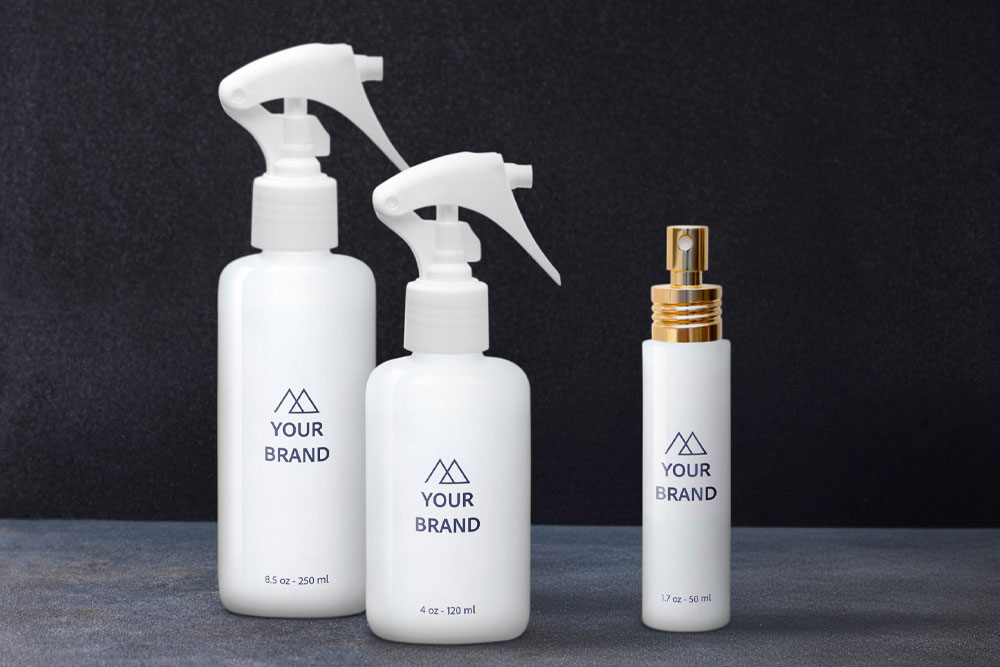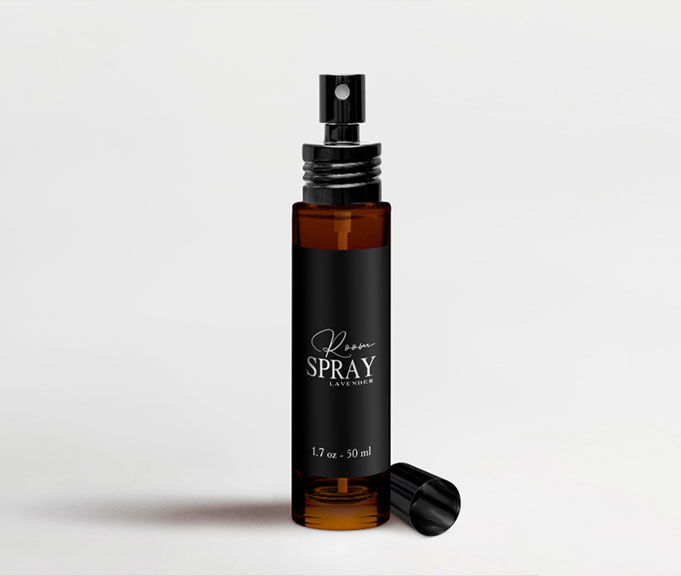In a world filled with candles, diffusers, and plug-ins, room sprays stand out for their instant impact and low overhead—both for consumers and for the brands that craft them.
Whether you’re a DIY hobbyist exploring product potential or a fast-growing wellness brand looking to diversify, room sprays offer an approachable entry point into the home fragrance space. And with the right formula, packaging, and positioning, they can be more than a side item—they can anchor a whole product line.
Let’s walk through how to make a room spray that people love and buy on repeat.
1. Start With the Right Base (And Know the Rules)
At the core of any effective room spray is a carrier that disperses fragrance into the air—typically distilled water, alcohol, and essential or fragrance oils. Some makers opt for witch hazel or solubilizers, depending on their formulation needs.
Here’s a common basic formula to begin testing:
- 2 oz distilled water
- 1 oz grain alcohol (like vodka or perfumer’s alcohol)
- 20–40 drops of essential oil (about 2–3% concentration)
Keep in mind:
- You’ll want to use an emulsifier or solubilizer for consistent dispersion.
- Always test for oil separation and scent throw.
- If selling, follow IFRA guidelines (International Fragrance Association) and confirm your formula is safe for air and fabric.
Pro tip: Many fragrance suppliers now offer room-spray-safe scent blends, making your R&D phase faster and safer.
2. Define the Vibe: Your Fragrance Strategy
Fragrance tells a story—so before you start mixing, think about what story you want your brand to tell.
Are you targeting:
- Cozy home vibes (lavender, vanilla, sandalwood)?
- Uplifting energy (citrus, mint, rosemary)?
- Spa-like calm (eucalyptus, sage, cucumber)?
Room sprays are often bought impulsively—so scents that align with lifestyle or seasonal moods tend to perform best. Descriptive naming (like “Golden Hour” or “Rainy Sunday”) also increases perceived value and branding strength.
3. Choose Packaging That Matches Your Positioning
Room sprays may be simple to make—but packaging determines whether they feel luxurious or forgettable.
Things to consider:
- Glass vs. plastic: Glass elevates perception, protects the scent, and appeals to eco-conscious consumers.
- Bottle shape and color: Tall, slim bottles look upscale. Amber glass or frosted glass offers a clean, premium aesthetic.
- Sprayer quality: A weak mister ruins the experience. Invest in fine mist sprayers that feel intentional and deliver even dispersion.
📦 Looking for upscale room spray bottles and accessories? Explore our Room Spray Catalog or browse our offerings online.
4. Price for Margin, But Don’t Skip Quality
The average room spray retails between $10–$28 depending on size, fragrance, and packaging. If you’re selling direct-to-consumer or in boutiques, your packaging and scent strength will shape the customer’s perception of value.
💡 Tip: Order packaging in bulk to save on costs and maintain healthy margins.
Choosing bottles with standard neck sizes lets you swap between caps and sprayers easily while keeping inventory lean.
5. Room Spray Is a Line Launcher
Once customers love your scents, they’ll want more. Room sprays can expand into:
- Candles
- Reed diffusers
- Pillow mists
- Bath & body products
By using cohesive glass packaging across your formats, you create a product line that looks retail-ready and polished.
Frequently Asked Questions
What ingredients do you need to make a room spray?
A typical room spray formula includes distilled water, alcohol (like perfumer’s alcohol), and essential or fragrance oils. A solubilizer or emulsifier is often used to keep the solution stable.
Can you use essential oils in room sprays?
Yes, essential oils are commonly used—but they need to be properly diluted and dispersed. Use IFRA-compliant oils and a carrier base that prevents separation.
What kind of bottle should I use for room spray?
Threaded glass bottles are ideal because they preserve fragrance integrity and feel more premium. Look for bottles with fine mist sprayers and sizes between 2–4 oz for room use.
What makes a room spray last longer in the air?
Use high-quality fragrance oils and a misting mechanism that evenly distributes small particles. Alcohol-based sprays tend to have stronger scent throw and better evaporation.
Do room sprays sell well?
Yes! They’re a favorite among fragrance lovers for their immediacy and price point. Plus, they’re easy to bundle with candles or gift sets. Packaging and scent quality drive repeat purchases.
Ready to Make Your Room Spray Line a Reality?
Whether you’re building a brand from scratch or expanding into new formats, room sprays offer a powerful opportunity to deliver scent, style, and value. And with the right packaging, you don’t just sell a fragrance—you sell a full experience.
📩 Download the Room Spray Catalog to explore premium-ready glass options.
Want expert guidance or need help sourcing the right packaging?
Reach out to us—we’re happy to help you bring your vision to life. Email Sales@Glassnow.com or call 512.339.7808 to get started.


